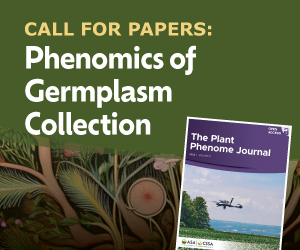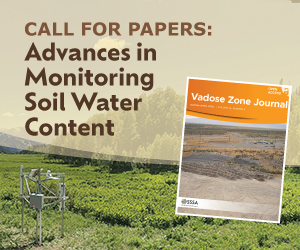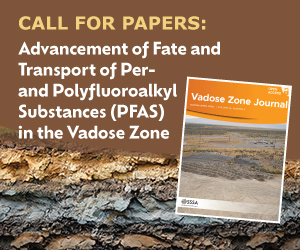Mastering Meta-Analysis
A Step-by-Step Guide to Systematic Literature Reviews
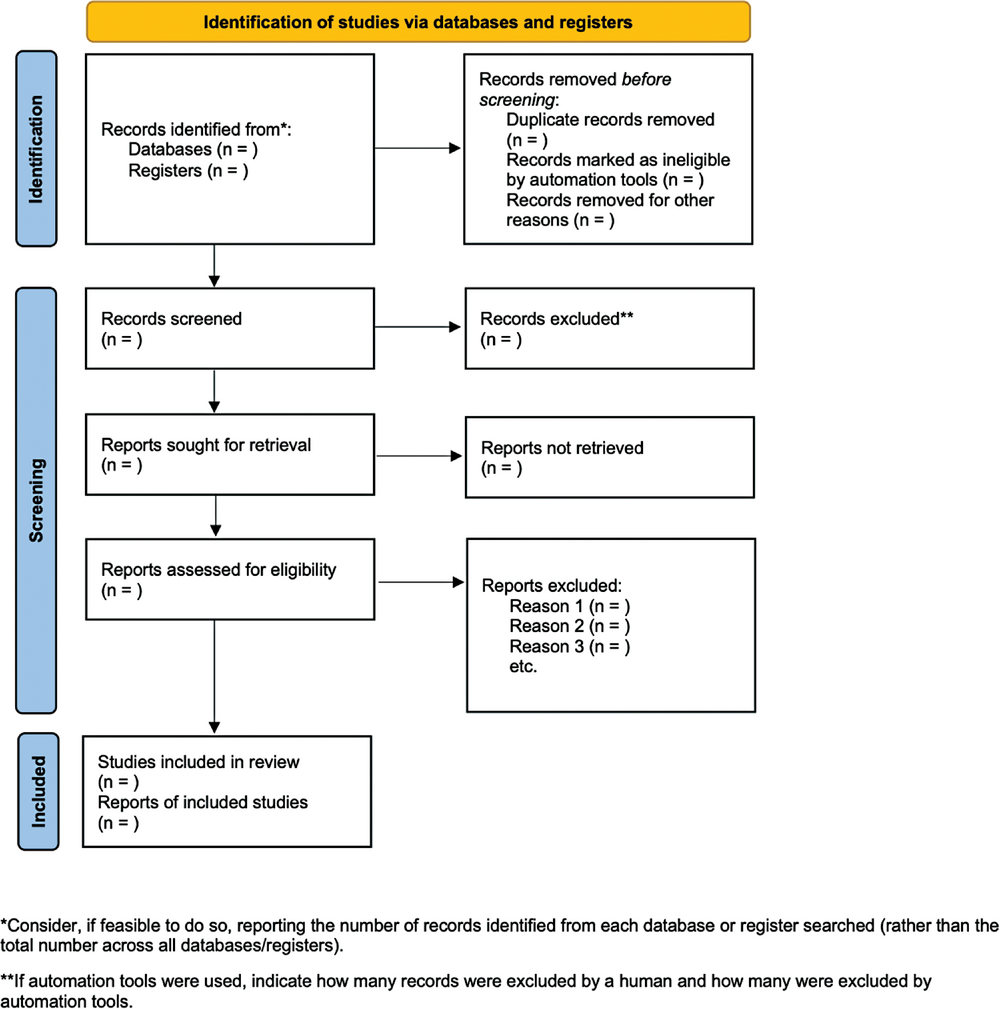
A systematic review is a comprehensive process that involves gathering all relevant studies on a specific topic and research design, followed by a thorough evaluation and analysis of their findings (Ahn & Kang, 2018). They have been conducted since 1753 when James Lind published a paper that aimed to provide a concise and impartial summary of evidence on scurvy. However, it wasn’t until after the 1970s that systematic reviews began to receive greater attention, highlighting the importance of synthesizing research findings (Clarke & Chalmers, 2018).
A systematic review follows a predefined protocol, including clear inclusion criteria and search strategies (Paul & Leibovici, 2014). Systematic reviews can be divided into: (i) qualitative: if they provide a synthesis of research studies; or (ii) quantitative: if they involve the processing of a dataset gathered from previous publications (Philibert et al., 2012). Generally, quantitative systematic reviews are referred to as “meta‐analyses,” when a statistical method is applied to a dataset derived from a systematic review. While all meta‐analyses should be based on systematic reviews, not all systematic reviews include meta‐analyses (Ryś et al., 2009). In other words, systematic reviews provide a comprehensive overview of available evidence on a topic, whereas meta‐analyses offer a quantitative summary of effect sizes (Table 1). Both methods are valuable for supporting clinical decision‐making and developing evidence‐based guidelines, and they require careful interpretation and critical evaluation.
| Aspect | Systematic review/literature review | Meta-analysis |
|---|---|---|
| Definition | Structured, comprehensive synthesis of research evidence on a particular topic, conducted by following a predefined protocol. | Statistical technique that combines the results of multiple studies, typically identified through a systematic review, to derive a shared estimate of effect. |
| Purpose | To identify, evaluate, and summarize the findings of all relevant studies on a specific research question. | To quantitatively combine the results of multiple studies to determine an overall effect size or measure of association. |
| Methodology | Involves a thorough search of literature, study selection based on inclusion criteria, quality assessment, and narrative synthesis of findings. | Involves extracting data from studies, choosing a statistical model (fixed or random effects), and performing statistical analysis to combine study results. |
| Outcome | Provides a comprehensive, qualitative summary of existing research, highlighting strengths, weaknesses, and gaps in the literature. | Provides a quantitative summary of the shared results, often shown as a forest plot, along with measures of heterogeneity and overall effect. |
| Tools | PRISMA guidelines, Cochrane Handbook, specialized software for managing references (e.g., EndNote, Rayyan). | Statistical software (e.g., R, Stata, RevMan) for performing meta-analysis, often using specific packages or functions. |
| Strengths | Provides a broad overview of the evidence, identifies gaps in knowledge, and can guide future research. | Offers a precise estimate of the effect size by combining data from several studies, increasing the statistical power. |
| Limitations | Time-consuming and resource-intensive, potential for bias if studies are missed or selection criteria are not rigorously applied. | May be biased if studies included are of poor quality, or if publication bias is present; heterogeneity can complicate interpretation. |
Steps to Conduct a Systematic Review and Meta‐Analysis
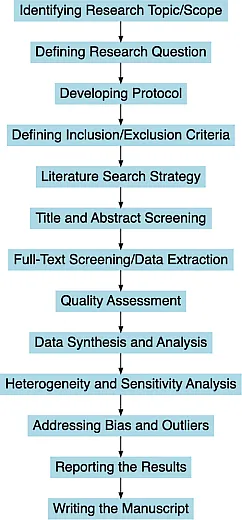
Defining the Research Question
A systematic review should always begin with identifying a research question that is clear, interesting, and unique. In fact, having a well‐defined research question sets a systematic review apart from a general literature review while striving to answer a quantitative question turns it into a meta‐analysis. There are many approaches to formulating a research question, for instance—authors can use a FINER (Feasible, Interesting, Novel, Ethical, Relevant) criteria or PICO (Population, Intervention, Comparison, Outcome) or SPIDER (Sample, Phenomenon of Interest, Design, Evaluation, Research type) framework to formulate a clear and focused research question. Researchers suggest a combined approach, utilizing either or both the SPIDER and PICO tools, to achieve a comprehensive search, depending on the available time and resources (Tawfik et al., 2019).
Here’s an example of a research question authors may ask:
“What is the effect of organic mulch application (Intervention) compared with inorganic mulch (Comparison) on soil moisture retention (Outcome) in arid regions (Population)?”
Feel ready to formulate a research question? Look up in depth on FINER (https://tinyurl.com/finercriteria) criteria and PICO (https://www.cochranelibrary.com/about‐pico) through the links.
Inclusion/Exclusion Criteria
Once authors have identified a research question that is novel and feasible for study, the next step is to delineate the boundary (scope) of the study. This can be achieved through establishing specific criteria for including or excluding certain kinds of studies in the review to ensure consistency of research and relevance in applicability of findings.
For instance, in the above example, authors can decide to only include peer‐reviewed journal articles that report field studies with a minimum of two years or more, or studies that report the effect on both a soil and crop parameter (or a particular parameter), or studies conducted in a particular type of soil (e.g., sandy) or climatic regions (e.g., temperate).
Title and Abstract Screening
Then, the next step is the tedious act of going through hundreds of titles and abstracts to identify the studies that meet the inclusion/exclusion criteria that the authors devise. There are different software or websites that can help to organize this step, for example HUBMETA (https://hubmeta.com/). After these steps, it is a good idea to formulate a tentative title of the review, develop a protocol, and register the title and protocol with platforms like OSF (https://osf.io/) or PROSPERO (https://www.crd.york.ac.uk/prospero/) etc. to ensure transparency. These platforms allow authors to add titles, author name(s), objectives, inclusion/exclusion criteria, search strategy, data extraction methods, and statistical analysis plan.
Searching Database, Data Acquiring, and Quality Assessment
Then, authors should conduct a comprehensive literature search across multiple databases and sources, document the selection process, and assess the risk of bias in each study to further identify the studies that can be trusted and used. It involves finding relevant literature databases, picking suitable keywords, and employing search filters (Langenfeld & Singh, 2024). The common literature databases are Google Scholar, Scopus, Web of Science, PubMed, and ResearchGate. The screening process should be well documented and reproducible, often guided by tools like PRISMA flow diagrams (https://www.prisma‐statement.org/prisma‐2020‐flow‐diagram). At this stage, if the aim is to conduct a meta‐analysis, authors should make sure that either the data presented in the paper are sufficient, are available online, or can be collected from the authors for the study. For a narrative systematic review, this may not be a requirement.
In the previous example, authors can combine key words such as “biochar,” “soil carbon,” “crop yield,” and “field trials.”
Full‐Text Screening and Information/Data Extraction
This involves a rigorous step of reading full papers once the eligibility is confirmed to extract information or data (for meta‐analysis) required to answer the research question. In each step, it is key to document the search strategy in detail, including databases searched, key words used, and date of the search, especially when working on a collaborative project. For extracting data, it is recommended to use standardized forms to extract data on study characteristics, methodology, outcomes, and quality. When such information is not readily available, authors can be contacted to gather more information.
Study characteristics may include publication metadata (source, date, authors, peer‐review status), study design (randomized, observational, cross‐sectional, split, etc.), study eligibility criteria (PICO), study implementation (intervention type, length of follow up, study population, number of samples, etc.), participant information (average age, sex, demographics, etc.), and more. On the other hand, outcomes information can include outcome measures and effect sizes (mean, median, range, standard deviation, [standardized] treatment difference, correlations), sample sizes (total, per group, stratified by participant characteristics, enrolled, lost to follow up, analyzed), statistical inference (standard errors [SE], confidence intervals, p‐values), and analysis methods (statistical model, statistical test, estimation method, assumptions).
For instance, in the running example, it can be crucial to note down the substrate of organic mulch used, its composition, physical and chemical characteristics, application method etc. (study characteristics) as well as parameters such as changes in soil physical and biological properties and impact of crop yield (outcome of interest information).
Data Synthesis and Analysis
For meta‐analysis, selecting appropriate effect size measures and statistical models (e.g., fixed‐effect or random‐effects models) is key for data synthesis. Depending on the outcome type (continuous, ordinal, dichotomous, counts, etc.), appropriate summary statistics should be selected (Table 2). To conduct a multivariate analysis, it can be a good idea to perform subgroup analyses and meta‐regression to explore heterogeneity and potential moderators of effect. Meta‐analysis can be conducted with any statistical software that allows random effect models. Most meta‐analysis methods employ a variation on a weighted average of the effect estimates from the different studies. Meta‐analysis‐specific options provide commonly reported statistics and graphics R packages (dmetar, forester, meta, metadata, metafor, etc.), STATA (meta, many others from community), RevMan (specifically for Cochrane reviews), SPSS, SAS (PROC, MIXED, PROC NLMIXED, macro, etc.)
| Outcome type | Outcome summary statistics | Effect size |
|---|---|---|
| Continuous | Mean, median | (Standardized) mean difference, response ratio |
| Ordinal | Mean, median, odds per category | (Standardized) mean difference, proportional |
| Dichotomous | Risk, odds, n per group | Risk difference, risk ratio, odds ratio |
| Counts | Count, rate | Rate ratio |
| Time to event (survival) | Hazard | Hazard ratio, rate ratio |
It can be crucial to conduct a heterogeneity and sensitivity analysis, which can be accomplished through: assessing heterogeneity (use the I2 statistic and Q test to assess variability among study results), subgroup analysis (conduct subgroup analyses to explore potential sources of heterogeneity) and sensitivity analysis (perform sensitivity analyses to examine the robustness of the results). Authors can use tools like the Cochrane Risk of Bias tool for randomized controlled trials or the Newcastle‐Ottawa Scale for observational studies. Using tools such as funnel plots (scatter plot of study effect estimates vs. precision [SE, sample size]), authors can identify and address outliers that may disproportionately influence the results.
Reporting and Writing a Manuscript
After gathering all the necessary information and summarizing the key findings, the next step is finalizing the story and presenting/interpreting the results following guidelines like PRISMA, ensuring transparency and reproducibility in the reporting of the systematic review and meta‐analysis (Table 3). It is also key to identify and address potential biases (e.g., publication bias, small study bias) and outliers in the data and report accordingly. It is a good idea to reference some exemplary systematic reviews/meta‐analyses including those published in high‐impact journals such as the Cochrane Database of Systematic Reviews (Deeks et al., 2023), which adhere to rigorous standards and provide valuable insights into specific research questions.
| No. | Steps | Strategies | Tips |
|---|---|---|---|
| 1 | Identifying research topic and scope | Define the research topic and scope of study. | Choose a topic with sufficient literature and/or data available (meta-analysis). |
| 2 | Defining research question | Use PICO framework: Population (soil), Intervention (biochar), Comparison (no biochar), Outcome (soil properties, plant growth). | Ensure the question is specific, feasible, and relevant. |
| 3 | Developing protocol | Pre-register protocol on PROSPERO. Outline objectives, criteria, search strategy, data extraction, and analysis plan. | Be thorough and transparent to avoid bias. |
| 4 | Defining inclusion or exclusion criteria | Include field trials, peer-reviewed studies, measuring relevant outcomes. Ex.: exclude studies without control groups, non-English publications. | Clearly define criteria to maintain consistency. |
| 5 | Literature search | Search databases: Web of Science, Scopus, AGRICOLA, CABI Direct etc. Use key words to refine search: ‘biochar’, ‘soil properties’, 'plant growth’. | Document the search strategy comprehensively using tools such as PRISMA. |
| 6 | Title and abstract screening | Screen titles and abstracts using tools like Rayyan or HUBMETA. | Conduct a preliminary screening to exclude irrelevant studies. |
| 7 | Full text screening and data extraction | Review full texts for eligibility. Extract data on study characteristics, outcomes, and quality using standardized forms. | Use a data management tools like RevMan, Covidence, or EndNote. |
| 8 | Quality assessment | Assess quality using Cochrane Risk of Bias tool or RoBANS. | Evaluate selection, performance, detection, attrition, and reporting biases. |
| 9 | Data synthesis and analysis | Choose fixed-effects or random effect models, Calculate the effect sizes using software like RevMan, Stata, CMA, R etc. | Understand the assumptions and limitations of the chosen statistical models. |
| 10 | Heterogeneity and sensitivity analysis | Assess heterogeneity with I2 and Q tests. Conduct subgroup and sensitivity analyses. | Explore potential sources of heterogeneity. |
| 11 | Addressing bias and outliers | Assess publication bias with funnel plots and Egger’s tests. Identify and address outliers. | Report how bias and outliers are handled transparently. |
| 12 | Reporting the results | Follow PRISMA guidelines. Include PRISMA flow diagram, summarize findings with effect estimates and confidence intervals. | Ensure comprehensive and transparent reporting. |
| 13 | Writing the manuscript | Structure the manuscript: Introduction, Methods, Results, Discussion, Conclusion. Follow journal guidelines. | Highlight key findings and their implications. |
Caution When Making Inferences Based on Systematic Review
Although meta‐analyses and systematic reviews are effective methods for combining the data from research, they have several drawbacks. When interpreting a systematic review’s conclusions, keep the following important cautions in mind:
- Publication bias: Studies with positive or significant results are more likely to be published, which can skew the conclusions of a systematic review.
- Heterogeneity: Differences in study populations, outcomes, and methodologies can lead to diverse findings that are challenging to combine or compare directly.
- Data dependence: Systematic reviews rely on the availability and accuracy of data in primary studies. Incomplete reporting, missing data, or errors can limit the reliability of the meta‐analysis.
- Time lag: The gap between primary research and systematic review completion can exclude recent studies, especially in rapidly evolving fields.
- Overinterpretation: Summarizing complex data into a single effect estimate can lead to overinterpretation of results.
- Non‐significant findings: Interpret non‐significant findings with caution, as they may still provide valuable insights.
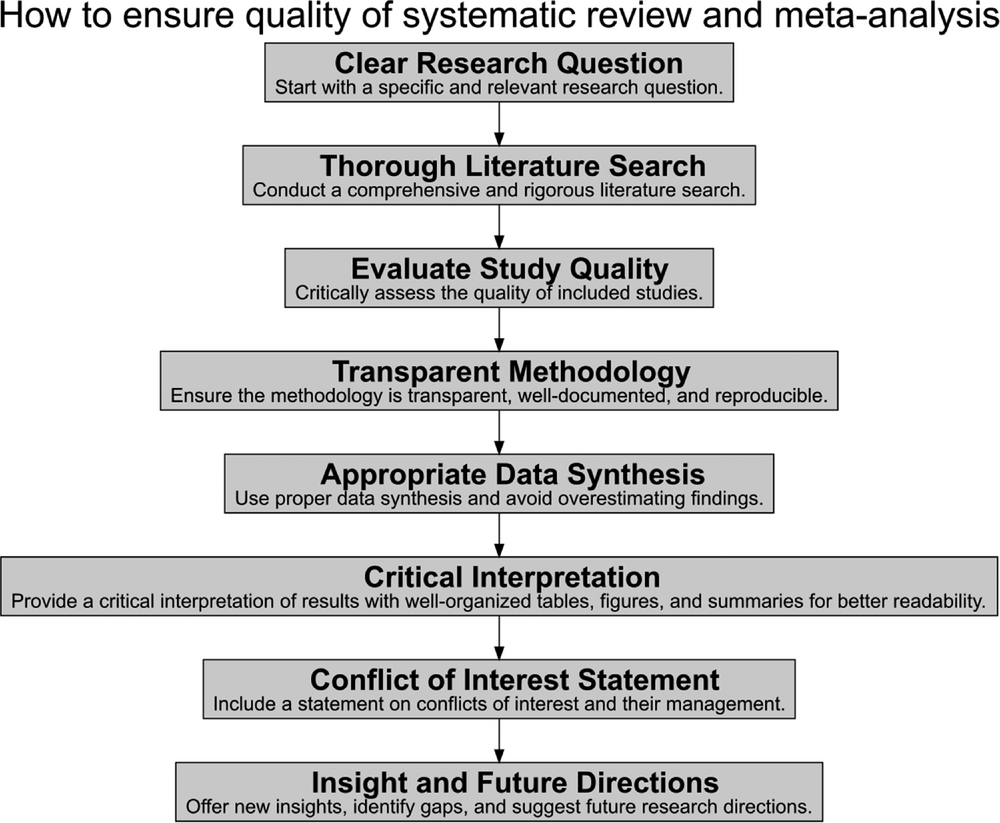
Conclusion
Systematic reviews and meta‐analyses are powerful tools for synthesizing research evidence, offering increased precision and power to evaluate interventions and relationships across studies. Adhering to rigorous methodologies and transparent reporting standards ensures the reliability and validity of their findings, making them essential for evidence‐based practice and policymaking. Despite their limitations, when conducted properly, they provide invaluable insights and guide informed decision‐making in various fields of research.
References
Ahn, E., & Kang, H. (2018). Introduction to systematic review and meta‐analysis. Korean Journal of Anesthesiology, 71(2), 103–112. https://doi.org/10.4097/kjae.2018.71.2.103
Clarke, M., & Chalmers, I. (2018). Reflections on the history of systematic reviews. BMJ Evidence‐Based Medicine, 23(4), 121–122. https://doi.org/10.1136/bmjebm‐2018‐110968
Deeks, J.J., Higgins, J.P.T., Altman, D.G. (2023). Analysing data and undertaking meta‐analyses. In J.P.T. Higgins, J. Thomas, J. Chandler, M. Cumpston, T. Li, M.J. Page, V.A. Welch (Eds.), Cochrane handbook for systematic reviews of interventions (6.4th ed.) Cochrane. https://www.training.cochrane.org/handbook
Langenfeld, N. J., & Singh, L. (2024). Writing Advice for Graduate Students to Become Published Scientists. CSA News, 69(2), 38–42. https://doi.org/10.1002/csan.21224
Page, M. J., Moher, D., Bossuyt, P. M., Boutron, I., Hoffmann, T. C., Mulrow, C. D., … & McKenzie, J. E. (2021). PRISMA 2020 explanation and elaboration: updated guidance and exemplars for reporting systematic reviews. BMJ, 372. https://doi.org/10.1136/bmj.n160
Paul, M., & Leibovici, L. (2014). Systematic review or meta‐analysis? Their place in the evidence hierarchy. Clinical Microbiology and Infection, 20(2), 97–100. https://doi.org/10.1111/1469‐0691.12489
Philibert, A., Loyce, C., & Makowski, D. (2012). Assessment of the quality of meta‐analysis in agronomy. Agriculture, Ecosystems & Environment, 148, 72–82. https://doi.org/10.1016/j.agee.2011.12.003
Ryś, P., Władysiuk, M., Skrzekowska‐Baran, I., & Małecki, M. T. (2009). Review articles, systematic reviews and meta‑analyses: Which can be trusted? Polish Archives of Internal Medicine, 119(3), 148–156. https://doi.org/10.20452/pamw.634
Tawfik, G. M., Dila, K. A. S., Mohamed, M. Y. F., Tam, D. N. H., Kien, N. D., Ahmed, A. M., & Huy, N. T. (2019). A step‐by‐step guide for conducting a systematic review and meta‐analysis with simulation data. Tropical Medicine and Health, 47(1), 46. https://doi.org/10.1186/s41182‐019‐0165‐6
Connect With Us!
If you would like to give us feedback on our work or want to volunteer to join the committee to help plan any of our activities, please reach out to Ariana Lazo (alazo@purdue.edu), the 2024 Chair of the committee!
If you would like to stay up to date with our committee, learn more about our work, contribute to one of our CSA News articles or suggest activities you would like us to promote, watch your emails, connect with us on Twitter (@ACSGradStudents) and Facebook (ACS.gradstudents), or visit: agronomy.org/membership/committees/view/ACS238/members, crops.org/membership/committees/view/ACS238/members, or soils.org/membership/committees/view/ACS238/members.
Text © . The authors. CC BY-NC-ND 4.0. Except where otherwise noted, images are subject to copyright. Any reuse without express permission from the copyright owner is prohibited.








